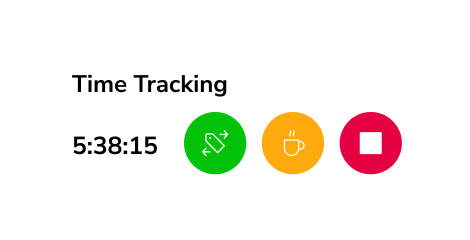Warning Letter Template for Poor Performance
We created a free warning letter for performance template that you can customize to match your organization’s tone, performance standards, and disciplinary protocols.

Photo by genkomono on Vecteezy
What is a Warning Letter for Poor Performance?
A warning letter for poor performance is a formal document issued to an employee whose work output, conduct, or results fall below the expected standards. It outlines areas for improvement, provides a path forward, and serves as an official notice that performance must improve within a defined timeframe.
Typically, this letter follows performance reviews, one-on-one feedback sessions, or instances where prior informal warnings were given.
What are the Benefits of Using a Warning Letter?
Issuing a performance warning letter helps employers manage underperformance fairly and constructively. Key benefits include:
- Clear communication: Identifies the specific issues and expectations going forward.
- Improvement pathway: Offers actionable steps for the employee to regain performance standards.
- Documentation: Provides a formal record in case of future performance-related actions or disputes.
- Professional accountability: Encourages the employee to take responsibility and seek support if needed.
What is Included in a Warning Letter for Poor Performance?
A professional warning letter for poor performance generally includes:
- The employee’s full name, job title, and department
- Date of issuance
- Summary of the performance concerns
- Specific areas where improvement is needed
- Recommended steps or actions for improvement
- Deadline or review date for reassessment
- Possible consequences if no improvement is shown
- Offer of assistance, support, or training
- Acknowledgement section for both employee and supervisor
What if an Employee Shows Improvement?
If the employee demonstrates significant progress and meets performance expectations within the set timeframe, it is important to recognize their efforts. In some cases, continued improvement and commitment to excellence may lead to positive outcomes such as a salary increment letter or even a promotion letter in the future.
Consistent feedback and formal recognition help boost morale and reinforce a performance-driven culture. Employers are encouraged to communicate next steps clearly and support ongoing professional development.


